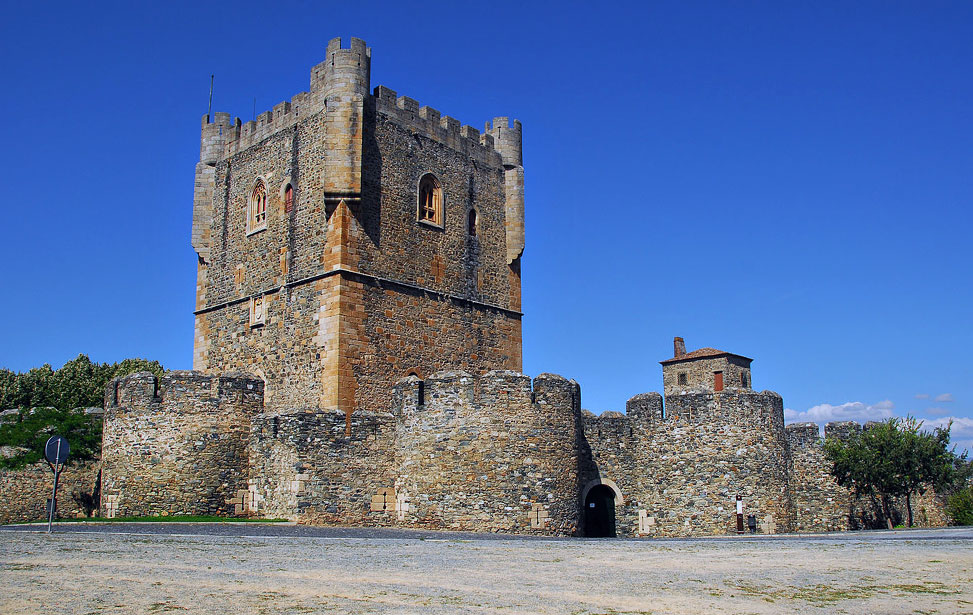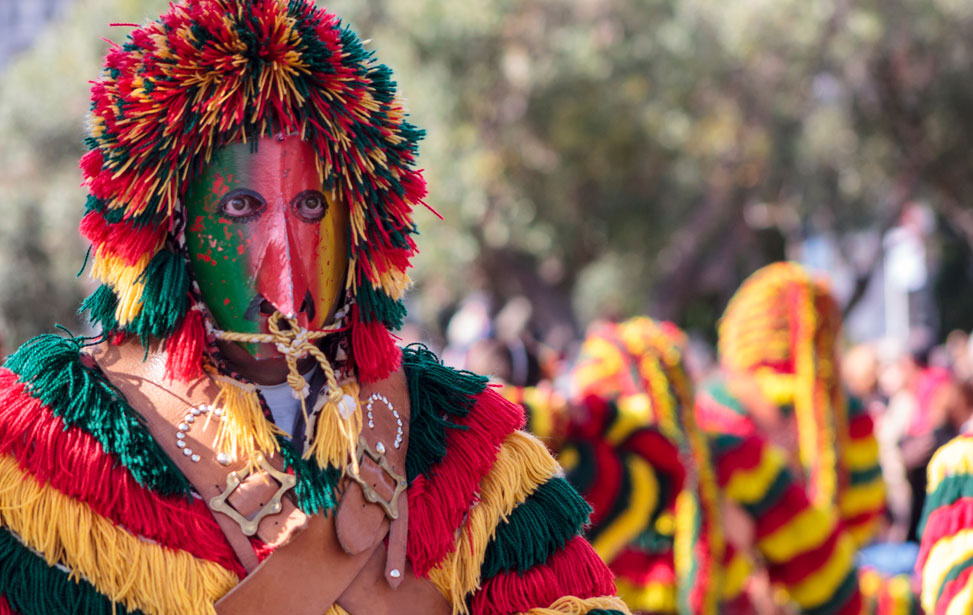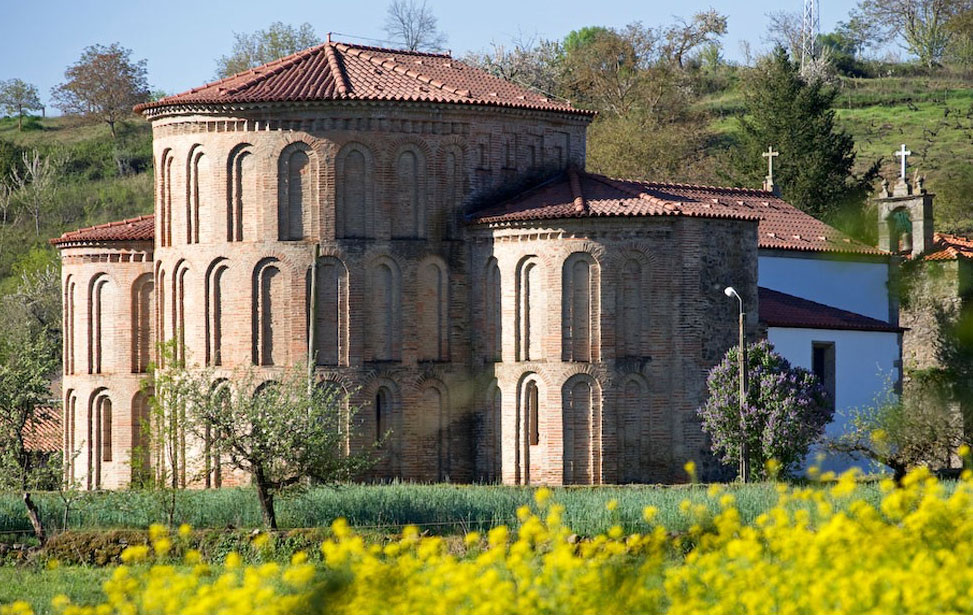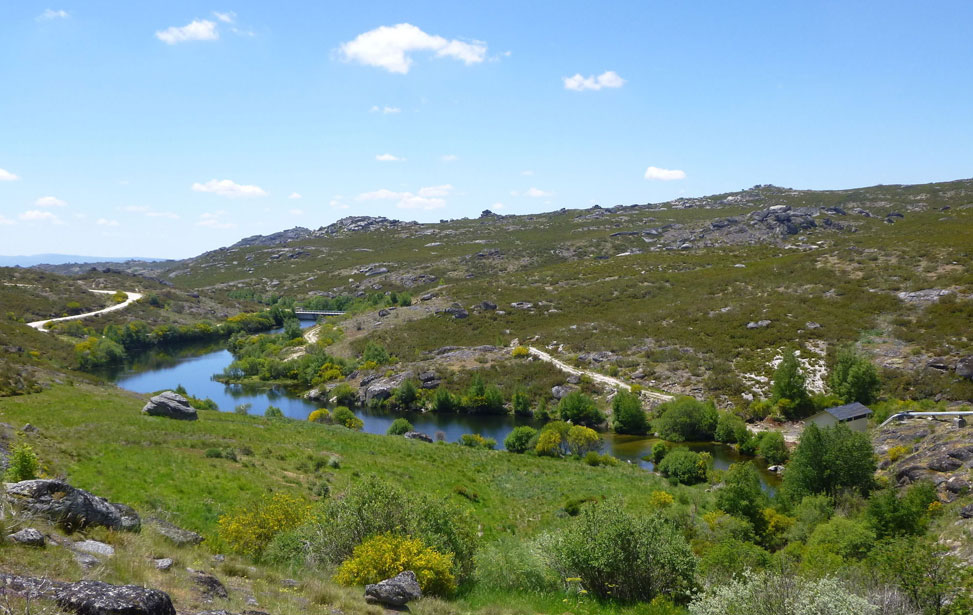BRAGANÇA
Bragança (alt. Braganza) is in the process of being discovered by foreign visitors and quite rightly so. Within the town itself, there's so much to see. Bragança is located on the fringes of the Parque Natural de Montesinho and makes a great base for exploring further afield. With MADABOUTPORTO.COM as your guide, you'll learn the best places to visit, what to do, where to eat, where to sleep, how to get there and get around.
INTRODUCTION TO BRAGANÇA
Perched on a hill overlooking the scenic Rio Sabor, the charming old town of Bragança is a hidden gem in Portugal’s Trás-os-Montes region. Though somewhat isolated, Bragança is the cultural and economic heart of this rural area, rich in history that dates back to the Paleolithic era. Archaeological finds reveal that this region has always been a key centre for agriculture and trade, from its days as Brigantia under the Celts to its time as Juliobriga during the Roman era.
The town’s name might ring a bell for British visitors, as Bragança (known as Braganza in English) is famously connected to Catherine of Braganza, the Queen of Charles II. In later years, Bragança lent its name to Portugal's last ruling royal family, the House of Bragança, who reigned from 1640 until 1910.
Today, Bragança offers visitors a delightful mix of history, culture, and natural beauty. Explore its well-preserved medieval castle, wander through the cobbled streets of the old town, and soak in the stunning views. Whether you’re a history buff or just looking for a peaceful getaway, Bragança is a must-visit destination that captures the essence of Portugal’s rich heritage.


 MAD ABOUT LISBON
MAD ABOUT LISBON MAD ABOUT SINTRA
MAD ABOUT SINTRA MAD ABOUT PORTUGAL
MAD ABOUT PORTUGAL


























